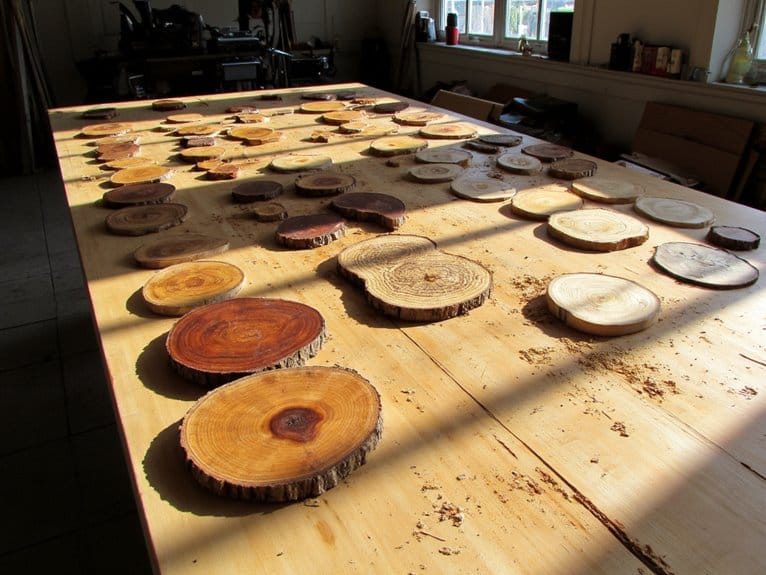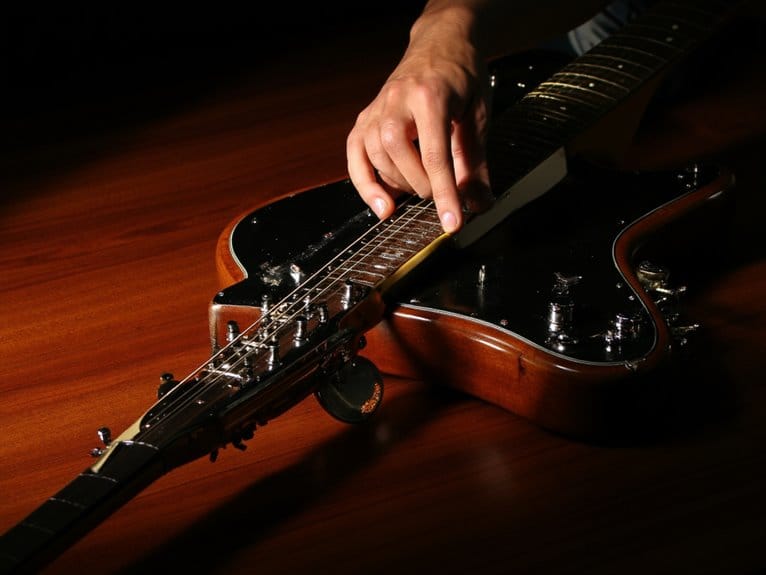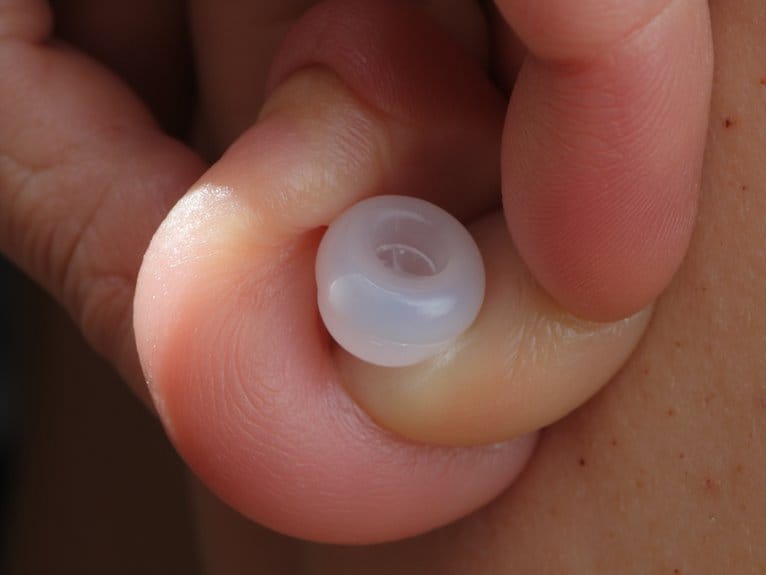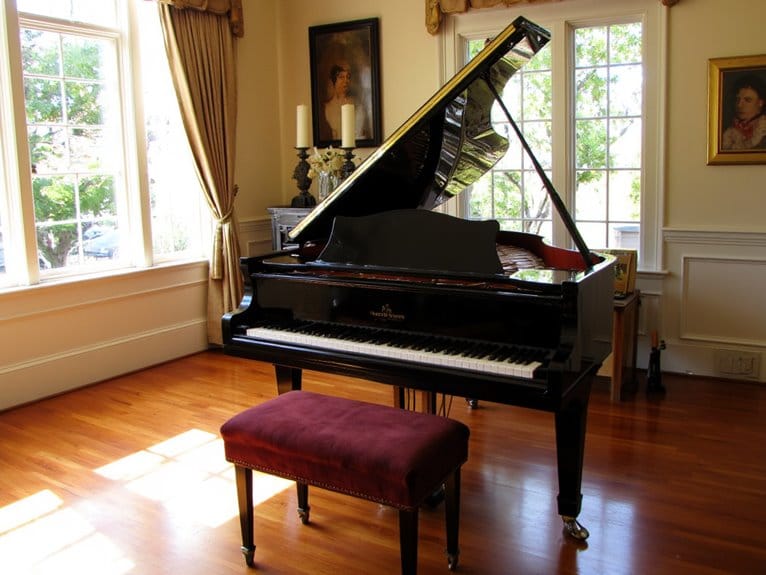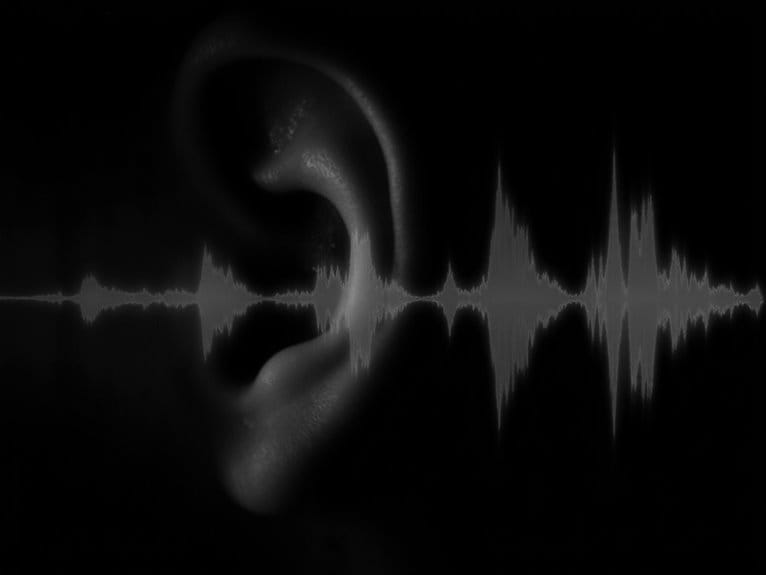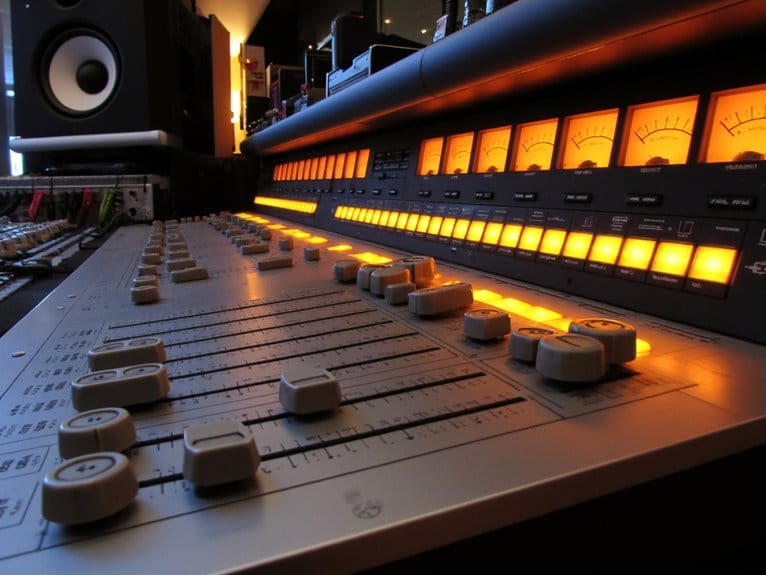Wood Species for Musical Instrument Construction: A Builder’s Guide
When you’re selecting wood for instrument construction, you’ll find that spruce varieties like Sitka offer exceptional stiffness-to-weight ratios for soundboards, while dense hardwoods such as East Indian rosewood provide rich harmonic content for backs and sides. Hard maple works perfectly for necks due to its structural integrity under string tension, and ebony remains unmatched for fingerboards requiring wear resistance. Modern sustainable alternatives like Sonowood now replicate traditional tonewood properties while addressing CITES restrictions, though aged traditional species still develop superior resonance characteristics over time. Understanding these acoustic properties will guide your material choices toward ideal sound projection and tonal balance.
We are supported by our audience. When you purchase through links on our site, we may earn an affiliate commission, at no extra cost for you. Learn more.
Notable Insights
- Sitka spruce excels for soundboards due to exceptional stiffness-to-weight ratio providing bright clarity and dynamic range.
- Dense hardwoods like rosewood and koa offer rich harmonics for backs/sides while ebony provides durability for fingerboards.
- Wood density determines tonal character: denser woods produce warmer tones while lighter woods create brighter sounds.
- Sustainable alternatives like engineered Sonowood and PEFC-certified woods address CITES restrictions on traditional tropical tonewoods.
- Proper moisture content and grain structure ensure dimensional stability, consistent resonance, and optimal vibration transmission over time.
Traditional Tonewoods and Their Acoustic Properties
Why do certain woods produce the magical tones we’ve come to associate with our favorite instruments, while others fall flat despite looking identical to the untrained eye?
I’ve spent years studying how different species interact with sound waves, and it’s fascinating how density, grain structure, and cellular composition create distinct acoustic signatures.
Brazilian rosewood varieties offer complex overtones with exceptional sustain, while East Indian rosewood emphasizes deep bass response with rich harmonic content.
For soundboard materials, Sitka spruce provides bright clarity and dynamic range through its lightweight yet stiff structure, whereas Western red cedar delivers warmer tones with quicker response times. Just as lightweight design reduces fatigue in headphones, the reduced mass of spruce allows for more responsive vibration in instrument soundboards.
Maple contributes acoustic transparency with excellent note separation, while mahogany produces focused midrange warmth that’s perfect for rhythmic playing styles. Modern acoustic guitars often feature mahogany back and sides paired with spruce tops to achieve optimal sound projection and tonal balance. Koa wood creates a balanced tone that combines the best characteristics of both mahogany and rosewood families. The natural imperfections in wood grain patterns actually enhance the instrument’s character by creating unique resonance profiles that distinguish one guitar from another.
Wood Characteristics That Influence Sound Quality and Workability
While selecting traditional tonewoods based on species reputation provides a solid foundation, understanding the specific physical characteristics that create those coveted acoustic properties will transform how you evaluate potential instrument woods.
Wood density directly affects your instrument’s tonal character, with denser woods producing warmer tones while lighter species deliver brighter sounds.
Denser tonewoods create warmer, richer tones while lighter woods produce the brighter, more articulate sounds preferred for cutting through dense musical arrangements.
Grain structure influences consistency, as tight, straight patterns enhance sustain and projection compared to open grain’s warmer, diffused qualities.
Achieving proper elasticity balance guarantees efficient vibration transmission without brittleness or absorption issues that’ll kill your sound projection.
You’ll need controlled moisture content for dimensional stability and consistent resonance over time. Aged wood develops enhanced resonance characteristics that contribute to the superior tonal richness found in vintage instruments.
Finally, surface texture affects air turbulence around vibrating surfaces, subtly shaping your instrument’s final tonal character. Thick, heavy wood absorbs higher frequency vibrations, resulting in muted sounds that lack the clarity needed for professional instruments.
Structural Components and Optimal Wood Selection
Once you understand how wood characteristics shape tone and workability, the next significant step involves matching specific wood types to each structural component of your instrument, since different parts demand vastly different mechanical and acoustic properties.
Your soundboard needs spruce’s exceptional stiffness-to-weight ratio for ideal sound projection, while necks require hard maple‘s rigidity to maintain structural integrity under string tension.
I’ve found that backs and sides benefit from dense hardwoods like rosewood, which add warmth without compromising resonance.
Don’t overlook fingerboards and bridges – they’ll need ebony’s wear resistance for longevity. The cellular structure of your chosen wood will directly impact how sound energy travels through each component.
Internal bracing works best with lightweight spruce, supporting your instrument’s structure while preserving those vital vibrations that define your sound quality. Proper humidity control becomes essential during construction and storage to prevent cracking and maintain the wood’s acoustic properties.
Sustainability Challenges and Modern Alternatives
Traditional tonewoods that have defined instrument making for centuries now face an uncomfortable reality – many of the species we’ve relied on are disappearing from our forests at an alarming rate.
The cherished woods that have shaped musical instruments for generations are vanishing from our planet’s forests at unprecedented speeds.
You’ll find that classic choices like ebony, mahogany, and rosewood are increasingly restricted by CITES regulations, making sustainable sourcing a priority rather than an option.
Fortunately, modern ethical alternatives are reshaping how we approach instrument construction:
- Engineered woods like Sonowood replicate tropical timber properties using densified domestic species
- Sitka spruce and western red cedar offer excellent carbon sequestration with rapid growth rates
- Domestic substitutions such as hornbeam for boxwood provide comparable acoustic performance
- PEFC-certified woods guarantee transparent, responsible forestry practices
These innovations prove you don’t need to compromise tonal quality for environmental responsibility. Wood serves as a generally sustainable material due to its natural ability to sequester carbon throughout the tree’s growth cycle. Additionally, instruments crafted with sustainable alternatives like Sonowood face no travel restrictions, eliminating the bureaucratic complications that often plague musicians using traditional tropical timber instruments.
On a final note
As you’ve discovered throughout this guide, selecting the right wood species involves balancing acoustic properties, workability, and sustainability considerations that’ll directly impact your instrument’s sound and longevity. I’ve found that understanding grain structure, density ratios, and resonance characteristics helps builders make informed decisions, though honestly, experience remains your best teacher. You’ll develop preferences through trial and error, but these fundamentals provide the foundation for creating instruments that truly sing.

